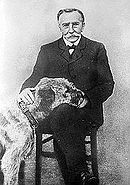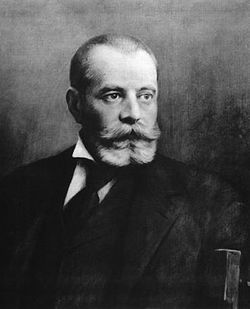This timeline of the telephone covers landline, radio, and cellular telephony technologies and provides many important dates in the history of the telephone.
Contents
- 1667 to 1875
- 1876 to 1878
- 1879 to 1919
- 1920 to 1969
- 1970 to 1999
- 2000 to present
- See also
- Notes
- Bibliography
- External links











